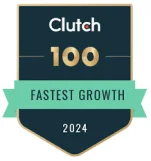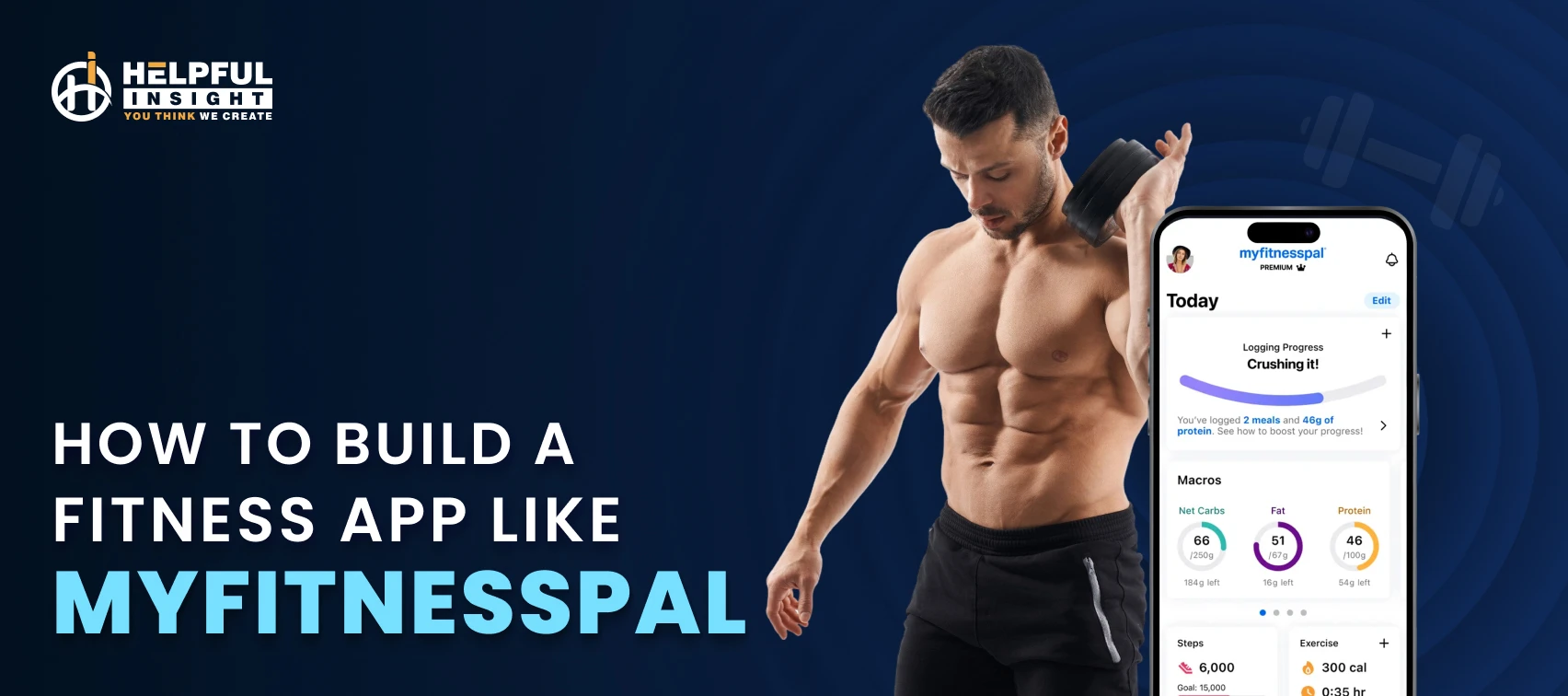In the rapidly evolving landscape of convenience and technology, Uber Eats alternatives have emerged as indispensable tools for convenience-based customers. With the tap of a finger, users can access a vast array of food options available online from local restaurants, chains, and even specialty eateries, all delivered directly to their doorstep. These food apps provide unparalleled convenience, allowing busy individuals to satisfy their cravings without leaving the comfort of their homes or offices.
Moreover, they offer a seamless and user-friendly interface, making the ordering process efficient and enjoyable. Beyond convenience, the development of food delivery apps similar to Uber Eats has also revolutionised the restaurant industry, enabling smaller establishments to reach a wider audience and compete with larger chains. However, their widespread adoption has raised questions about their impact on traditional dining experiences, workforce dynamics, and sustainability. This article explores the evolution, benefits, challenges, and implications of development of apps similar to Uber Eats in shaping the future of the food industry and delivery.
Key Food Delivery Statistics Verified by Business of Apps:
China dominates the food delivery market, boasting a $42.5 billion market size in 2022, with Meituan and Ele.me commanding approximately 90% of total deliveries. Forecasts indicate the entire food delivery app sector is poised to achieve a market size of $165 billion by 2029. Uber Eats emerges as the frontrunner globally, while Delivery Hero claims the highest number of collective users. In the United States, DoorDash leads the food delivery app market, capturing over 50% of market share.
Create a seamless platform for food ordering and delivery.
Ordering In: Evolution of Apps Similar to Uber Eats and Swiggy
The evolution of top Uber Eats alternatives like Swiggy, Zomato, and DoorDash represents a paradigm shift in the way society approaches food consumption and delivery. Originating as a simple online platform for connecting users with nearby restaurants, these apps have undergone significant transformations over the years. Initially focused on convenience and accessibility, they have since expanded their offerings to include features such as real-time tracking, personalized recommendations, and seamless payment options.
Moreover, advancements in food technology, including GPS tracking and algorithmic optimization, have enhanced the speed and efficiency of deliveries, further enhancing the user experience. Additionally, the proliferation of smartphones and the internet has exponentially increased the reach and user base of these apps, transforming them into ubiquitous tools for millions worldwide. Looking ahead, the evolution of apps like Uber Eats is likely to continue, driven by innovations in artificial intelligence, robotics, and delivery logistics, ultimately reshaping the way we think about food delivery and integration in the digital age.
Top Uber Eats Alternatives: Apps like Uber Eats in 2025
Uber Eats may be a dominant player in the food delivery industry, but it faces stiff competition from several other platforms striving to capture a share of the market. Here are some of the top Uber Eats alternatives:
DoorDash is one of the leading food delivery platforms in the United States, offering a wide selection of restaurants and cuisines to users. It has a strong presence in major cities and suburbs, and it distinguishes itself with features like DashPass, a subscription service offering unlimited free delivery for select restaurants. And it is one of the top alternative to Uber Eats.
Grubhub is one of the oldest and largest food delivery apps in the United States and the United Kingdom. It boasts an extensive network of restaurants and a user-friendly interface, allowing users to easily browse menus, place orders, and track deliveries. Grubhub also offers features like Perks, which provide exclusive deals and discounts to users. Guruhub is also one of the Uber Eats alternatives.
Postmates is known for its on-demand delivery service, offering not only food but also groceries, alcohol, and other goods. It operates in hundreds of cities across the United States and distinguishes itself with features like Postmates Unlimited, a subscription service offering free delivery, and other perks. It is also known as an app similar to Uber Eats.
Just Eat is a global food delivery platform with a food delivery app in the United Kingdom, Canada, Australia, and various European nations. This is one of the best food delivery apps similar to Uber Eats. It offers a diverse range of cuisines and restaurants to users, along with features like user reviews and ratings.
Deliveroo is a prominent food delivery platform operating in Europe, Asia, and the Middle East. It focuses on partnering with high-quality restaurants and offering fast and reliable delivery services to users. Deliveroo also provides features like Editions, which are delivery-only kitchens that cater to specific neighborhoods or cuisines, known as an alternative to Uber Eats.
Read Also:- How to Develop a Food Delivery App Like Deliveroo: A Complete Guide
Benefits of Food Delivery Apps Similar to Uber Eats, DoorDash, and Just Eat
Food delivery apps like Uber Eats, GrubHub, and Swiggy offer a multitude of benefits that revolutionize the way people approach food ordering and delivery 24/7.
Convenience: Apps similar to Uber Eats offer unparalleled convenience from the nearest food point, allowing users to order food from a diverse range of restaurants and food startups enlist themselves with just a few taps on their smartphones. This eliminates the need for physical menus, phone calls, or waiting in line, making the entire ordering process quick and hassle-free.
Variety: These apps provide access to a vast array of culinary options, ranging from local to popular restaurant chains and even specialty cuisines. Users can explore different cuisines and discover new favorites without leaving their homes, contributing to a more dynamic and best dining experience.
Flexibility: With food delivery apps like Uber Eats, users have the flexibility to order food online whenever and wherever they want, whether they’re at home, at work, or on the go. This flexibility accommodates busy schedules and varying preferences, ensuring that users can satisfy their cravings whenever they arise.
Real-time Tracking: Many food delivery apps offer real-time tracking features that allow users to monitor the status of their orders from preparation to delivery. This transparency provides peace of mind and allows users to plan accordingly, knowing exactly when their food will arrive.
Payment Options: These apps typically offer a variety of verified payment options, including credit/debit cards, digital wallets, and even cash on delivery, making transactions convenient and secure for users.
User Reviews and Ratings: User reviews and ratings on these online platforms provide valuable feedback on the quality of food and service available in India, the UK, and the US offered by different restaurants. This transparency empowers users to make informed decisions and ensures a more satisfying dining experience.
Promotions and Discounts: Food delivery apps like Uber Eats and Swiggy often feature promotions, discounts, and loyalty programs that help users save money on their orders. These incentives encourage repeat usage and foster customer loyalty.
Support for Local Businesses: By connecting users with local restaurants and eateries, these eat apps support small businesses and entrepreneurs in the food industry, along with performing functions of a restaurant aggregator as well as the nearest delivery agent. Contributing to the vibrancy and sustainability of local economies.
How to Develop Food Delivery Apps Similar to Uber Eats?
A recent study finds that around 44 percent of consumers in the US use food delivery app services at least once per month. Great time for online food startups to flourish, isn’t it? Developing a food delivery app like Uber Eats requires careful planning, technical expertise, and a deep understanding of user needs and market trends. Here’s a comprehensive guide on how to develop an app like GrubHub, Swiggy, and Uber Eats:
Market Research: Start by conducting thorough market research to understand the demand for food delivery services nearby. Analyse competitors, identify gaps in the market, and gather insights into user preferences and behavior.
Define Features: Define the key features of the food app and functionalities of your app based on your research findings and user requirements. Essential features include user registration, restaurant listings, menu browsing, ordering and payment options, order tracking, and feedback/rating systems.
Choose the Right Technology Stack: Select the appropriate technology stack for the food delivery app development, including programming languages, frameworks, and third-party APIs. Consider factors such as scalability, security, and compatibility with online multiple platforms (iOS, Android, web).
Design User Interface: Create an intuitive and visually appealing user interface (UI) that enhances the user experience (UX). Focus on simplicity, ease of navigation, and consistency across all screens and devices. Use wireframes and mockups to visualize the app’s layout and flow.
Backend Development: Develop a robust backend infrastructure to handle user authentication, data storage, order processing, and communication between users, restaurants, and delivery partners. Implement features such as geolocation services for real-time tracking and push notifications for order updates.
Integration with Payment Gateways: Integrate secure payment gateways for international payments to facilitate seamless and secure transactions. Support multiple payment methods, including credit/debit cards, digital wallets, and cash on delivery, to cater to diverse user preferences.
Testing and Quality Assurance: Conduct rigorous testing and quality assurance (QA) to identify and rectify any bugs, glitches, or performance issues. Test the app on different devices, operating systems, and network conditions to ensure compatibility and reliability.
Launch and Marketing: Once the app is thoroughly tested and refined, launch it on app stores (Google Play Store, Apple App Store) and promote it through various channels, such as social media, influencer partnerships, and targeted advertising campaigns.
Gather Feedback and Iterate: Continuously gather feedback from users and stakeholders to identify areas for improvement and future enhancements. Regularly update the food app with new features, optimizations, and bug fixes to enhance user satisfaction and stay competitive in the market.
By following these steps and leveraging the right resources and expertise, you can develop a successful food delivery app in India, the US, the UK, and Australia that meets the needs of users and drives business growth.
Cost of Developing Apps like Uber Eats
The cost to build a food delivery app similar to Uber Eats can vary significantly depending on various factors such as features, complexity, technology stack, development team, and location. However, a rough estimate for developing a basic food app can range from $50,000 to $150,000.
Exploring the Factors that Influence the Food Delivery App Development Cost:
Features of Food Delivery App: The more features and functionalities you want to include, the higher the development cost. Essential features like user registration, restaurant listings, ordering, payment processing, and real-time tracking will incur development costs.
Food Delivery App Design: Designing an intuitive and visually appealing user interface (UI) is crucial for user engagement. Investing in high-quality UI/UX design can increase development costs.
Backend Development of Food Delivery App: Building a robust backend infrastructure for food delivery apps similar to Uber Eats to handle user authentication, data storage, order processing, and communication between users, restaurants, and delivery partners will require significant investment.
Selection of Technology Stack: The choice of technology stack (programming languages, frameworks, and databases) can impact the food delivery app development costs. Using cutting-edge technologies or opting for custom solutions in food apps may incur higher expenses.
Testing and Quality Assurance: Conducting thorough testing and quality assurance (QA) to ensure the app is bug-free and performs optimally across different devices and platforms will add to the overall development costs.
Maintenance and Support: Post-launch maintenance, updates, and ongoing support services will also contribute to the total cost of developing and operating the app.
Turn your ideas into a successful food-ordering platform.
How Can Helpful Insight Help You with On-Demand Food Delivery App Development?
Helpful Insight – A food delivery app development company can significantly aid in the development of a meal delivery app like Uber Eats by offering a wealth of valuable expertise and data-driven guidance across various stages of the app development process.
Market Research and Analysis: Helpful Insight conducts thorough market research to understand the dynamics of the food delivery industry, including market size, trends, and competitive landscape. By analyzing user behavior, preferences, and emerging market opportunities, we provide invaluable insights that inform strategic decisions and feature prioritization to build apps similar to Uber Eats.
User Experience (UX) Research: We specialize in user experience research, conducting surveys, interviews, and usability tests to gain deep insights into user needs, pain points, and preferences. By understanding user behavior and motivations, we help design an intuitive and user-friendly interface that enhances engagement and satisfaction.
Data Analytics: Leveraging advanced data analytics tools and techniques, we analyze user data, food app performance metrics, and market trends. We identify patterns, trends, and correlations in the data to optimize app performance, personalize user experiences, and drive business growth.
Competitive Analysis: We conduct a comprehensive competitive analysis to benchmark the app against competitors, identify strengths and weaknesses, and uncover opportunities for differentiation. By analyzing competitor offerings, pricing strategies, and user feedback, we provide strategic recommendations to enhance the app’s competitiveness and market positioning.
Strategic Planning: We employ top food delivery app developers and hire the best food delivery app development teams to develop strategic roadmaps and prioritize features based on user needs, market demand, and business objectives. We provide strategic guidance on feature development, product enhancements, and go-to-market strategies to ensure the app’s success in the market.
Continuous Improvement: We support continuous improvement by monitoring key performance indicators (KPIs), conducting post-launch changes, and gathering user feedback. We analyze performance metrics, identify areas for optimization, and recommend iterative improvements to enhance the app’s effectiveness and competitiveness over time.
FAQ’s
Ans. Users often inquire about the basic functionalities and processes involved in using food apps, such as how to browse menus, place orders, and track deliveries.
Ans. Users commonly ask about the range of restaurants and cuisines available on the platform, as well as whether their favorite local eateries are included.
Ans. Questions about delivery fees, minimum order requirements, and service charges are common, as users seek clarity on the total cost of using the app.
Ans. Users frequently inquire about available deals, promotions, and loyalty programs offered by food apps, as they look for ways to save money on their orders.
Ans. Many users want to know if they can customize their orders, such as specifying dietary preferences, requesting modifications to menu items, or adding special instructions for preparation.












